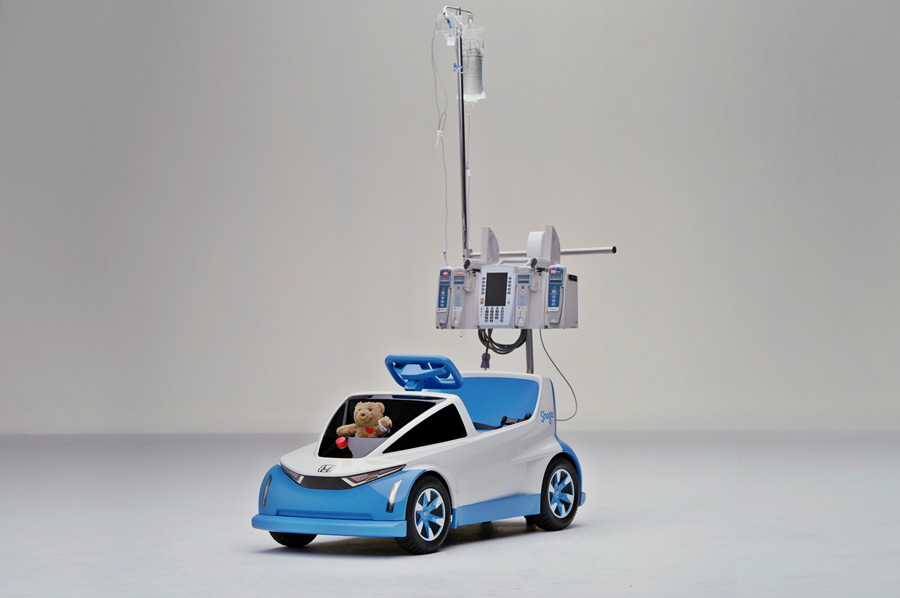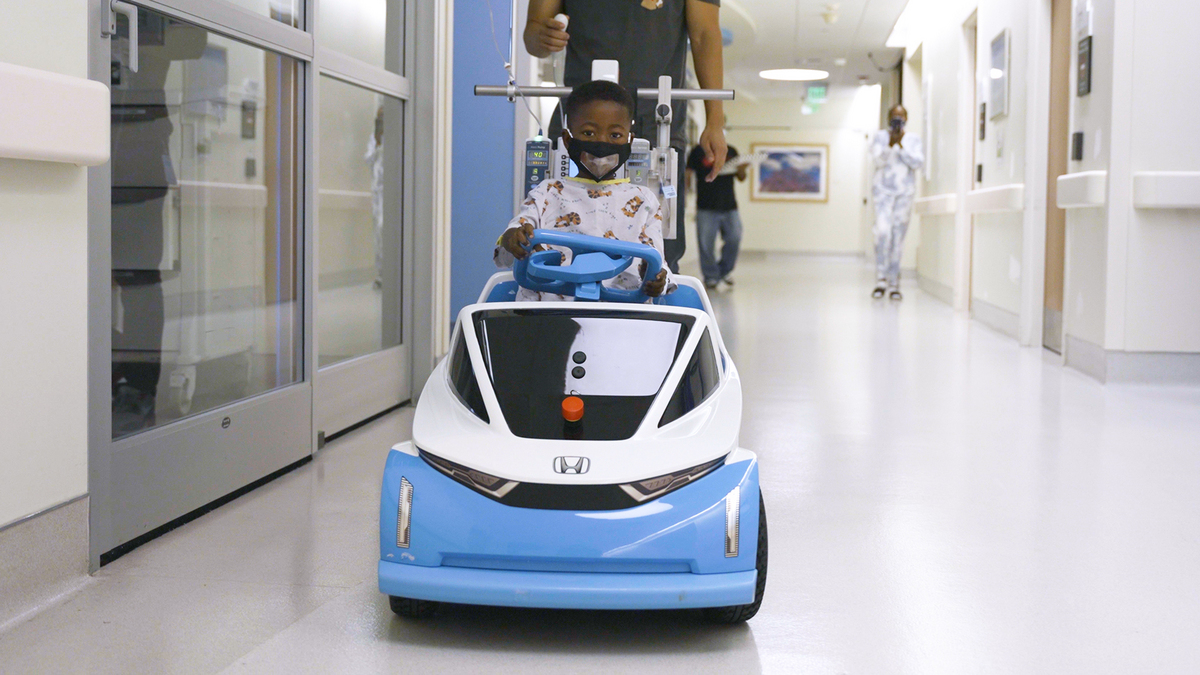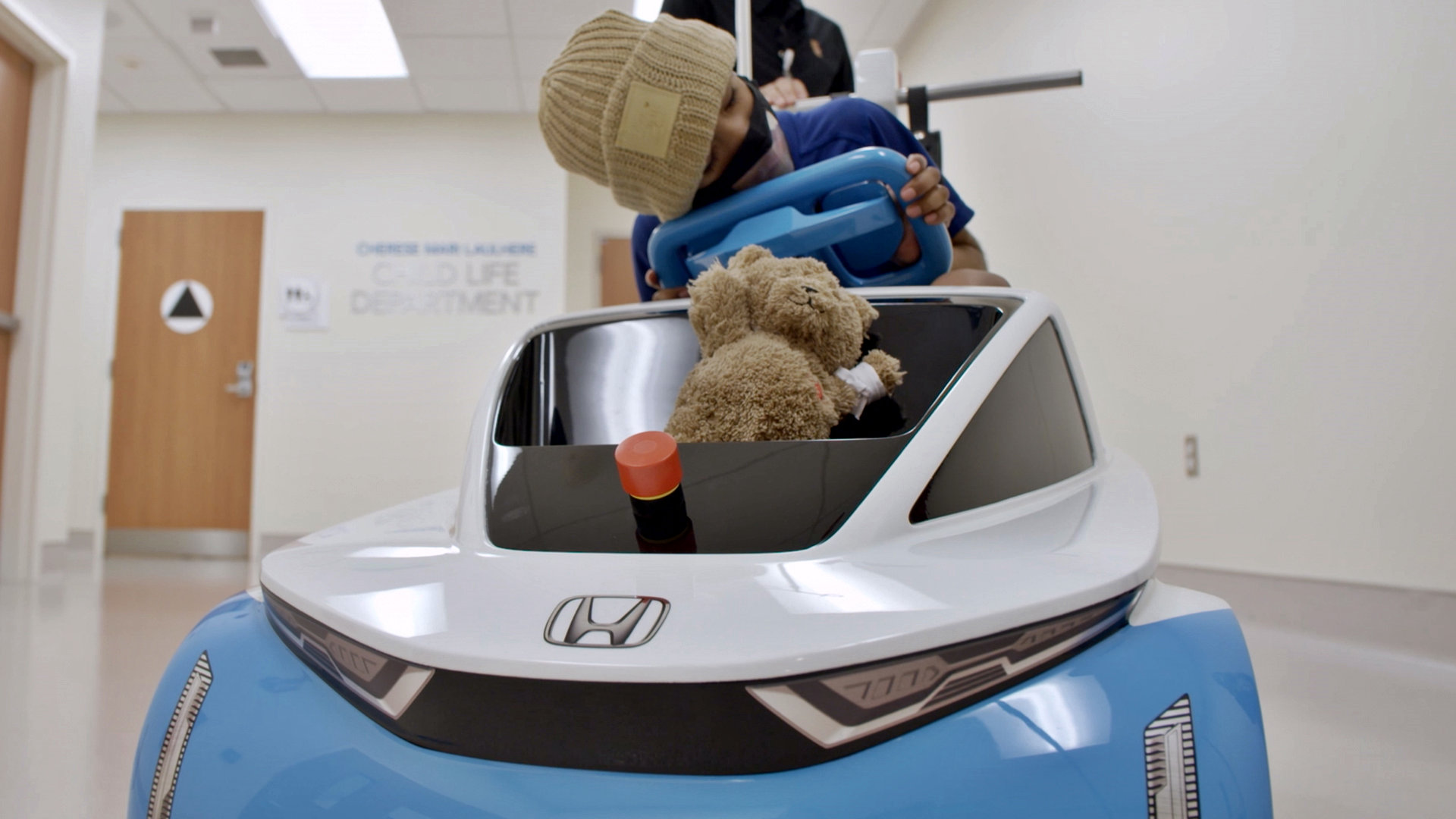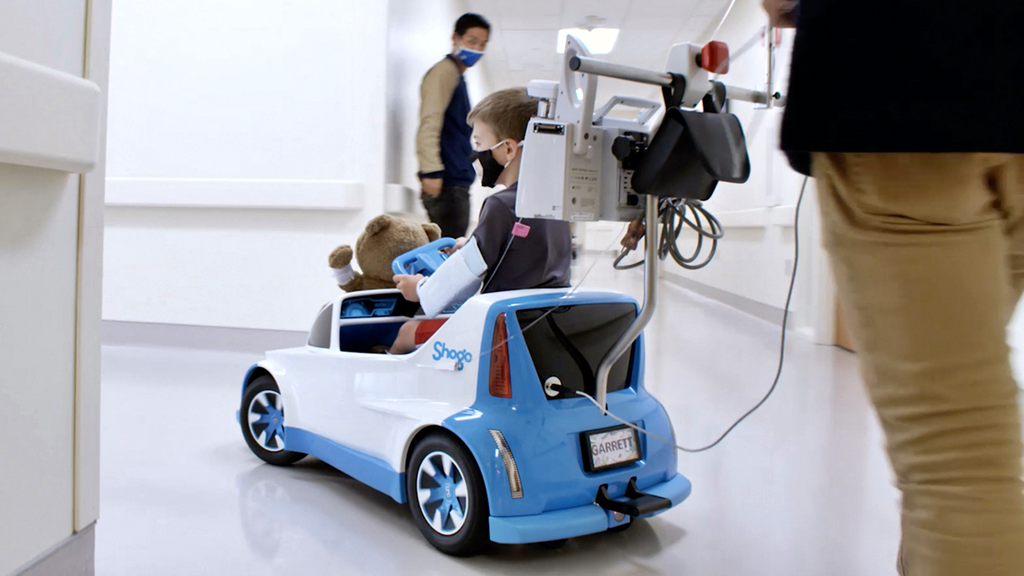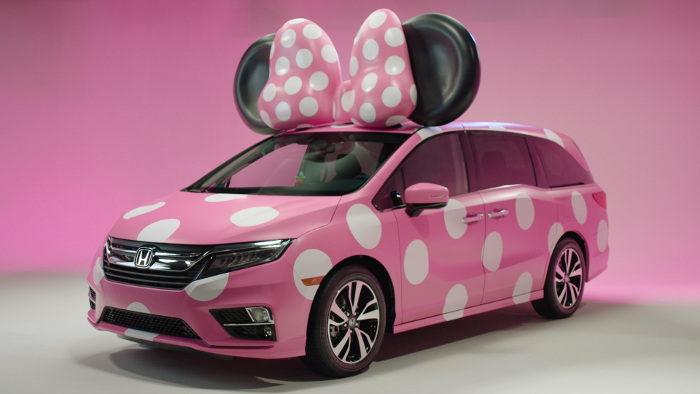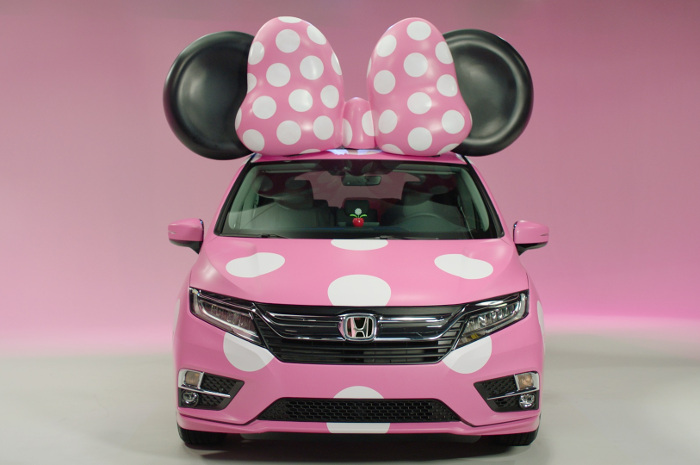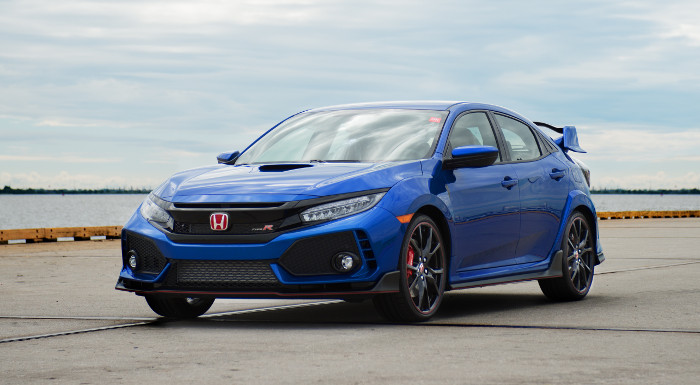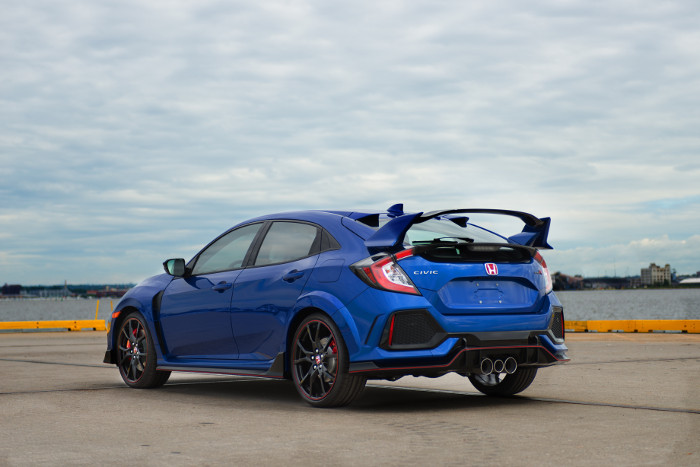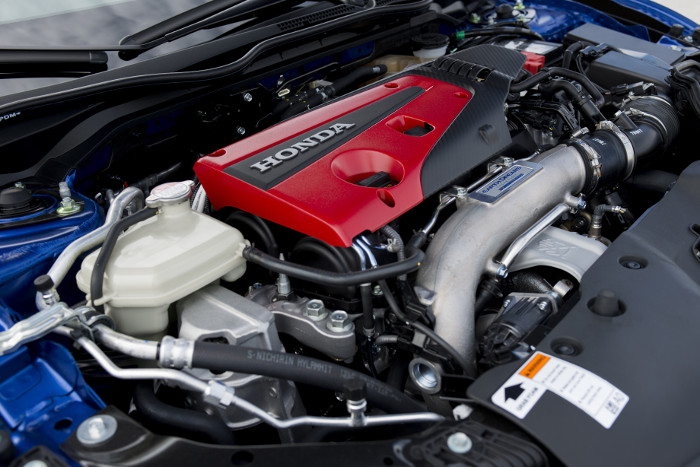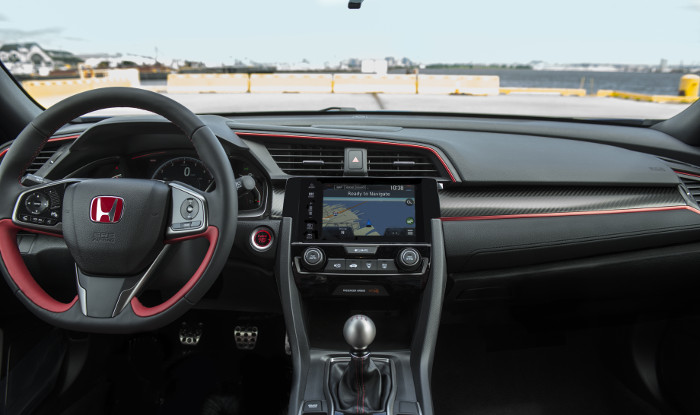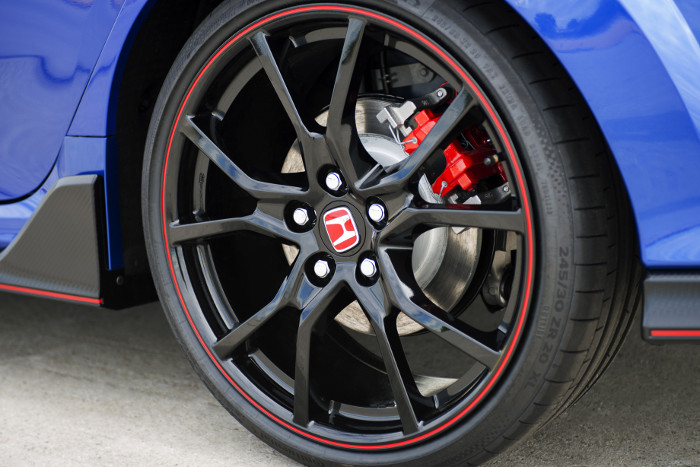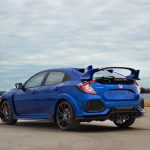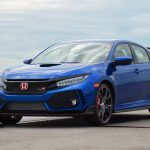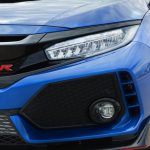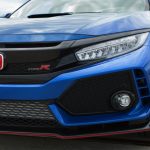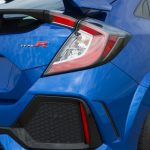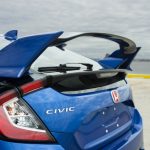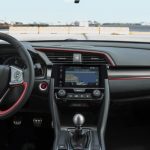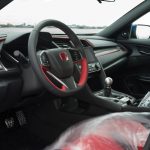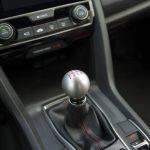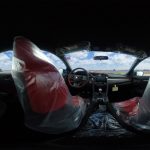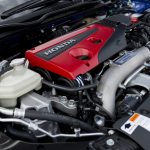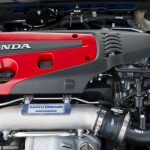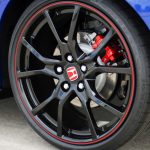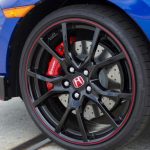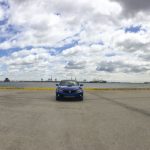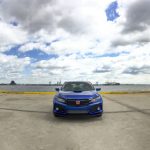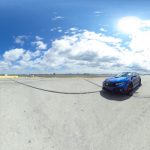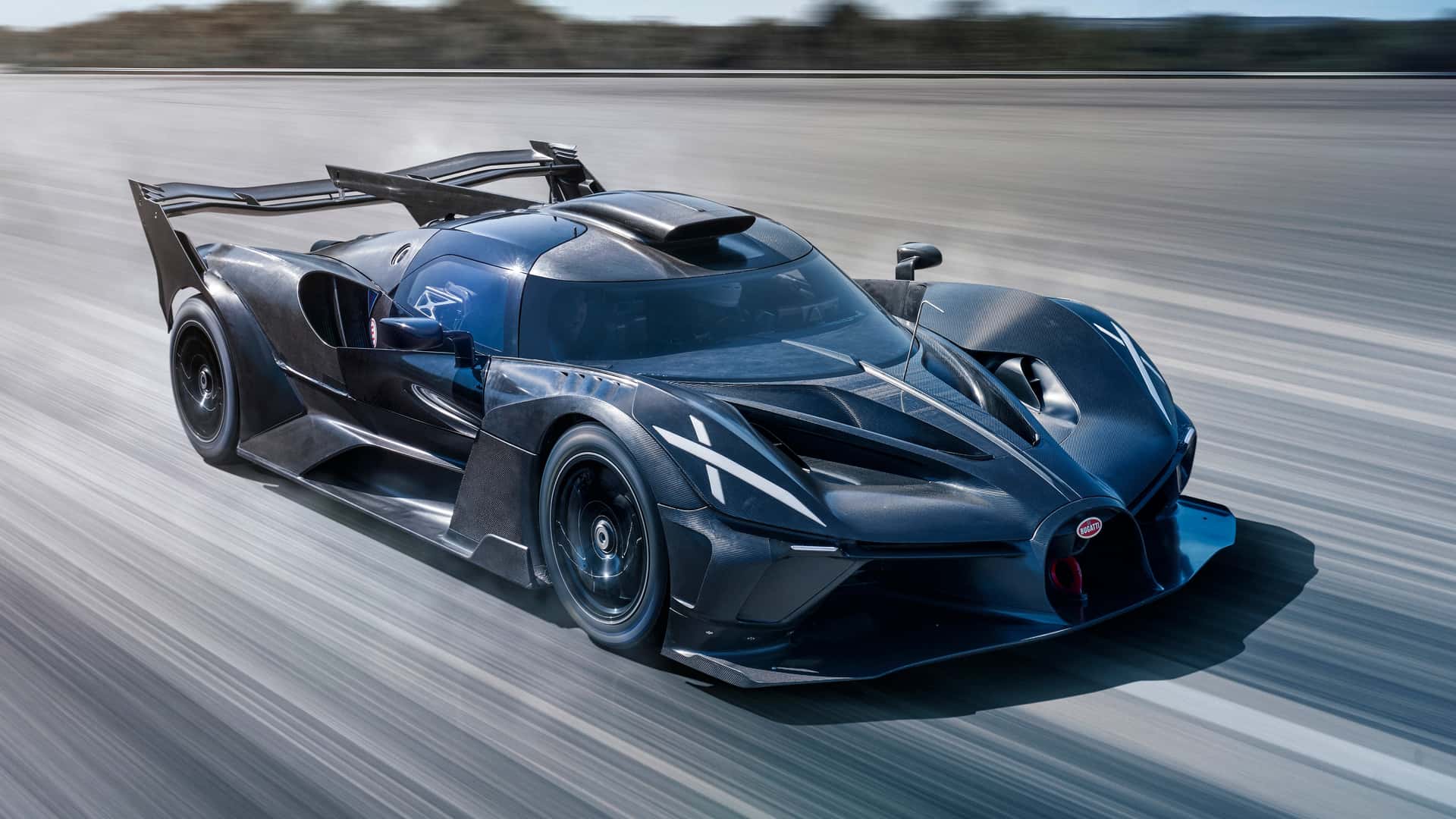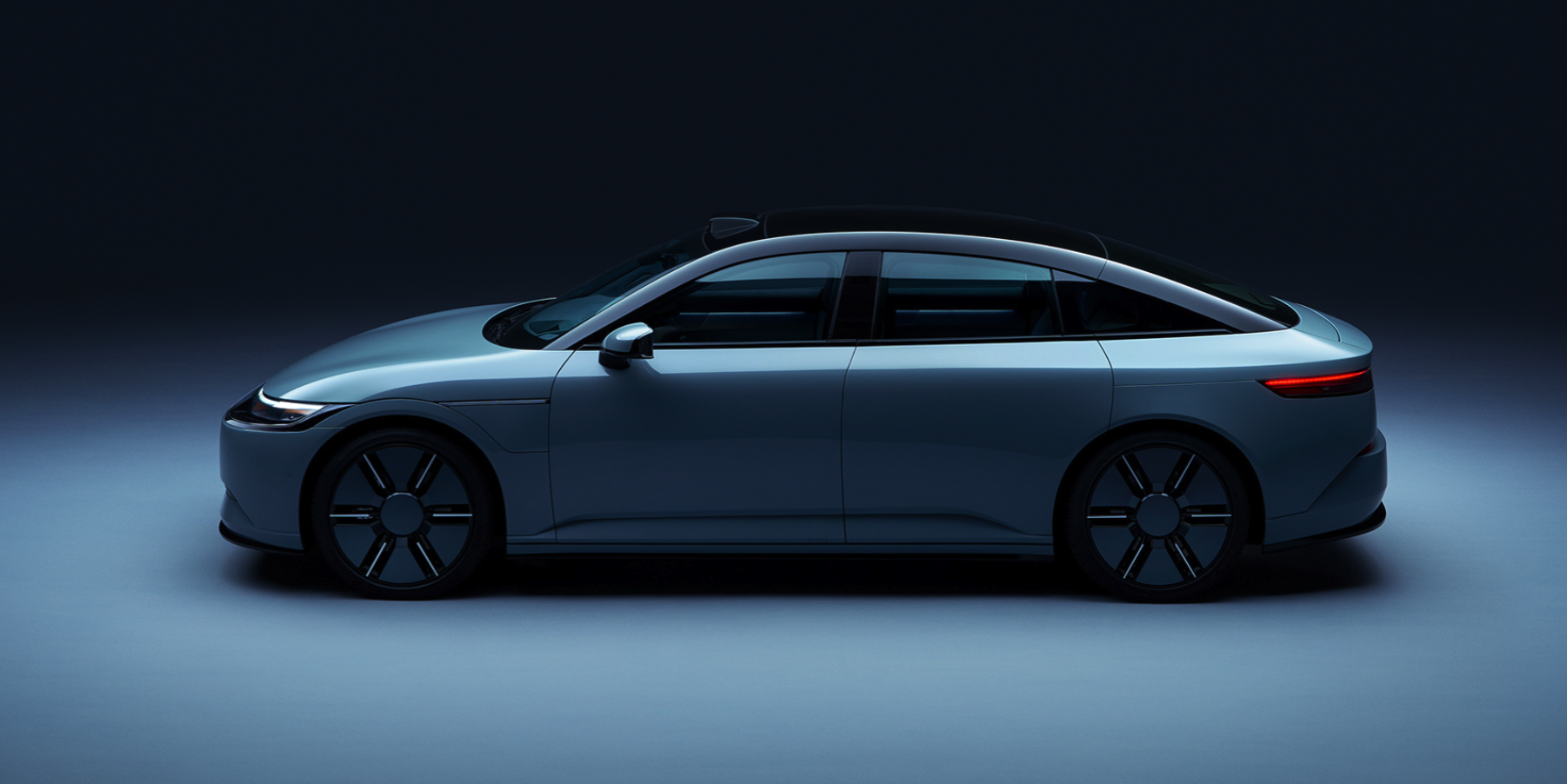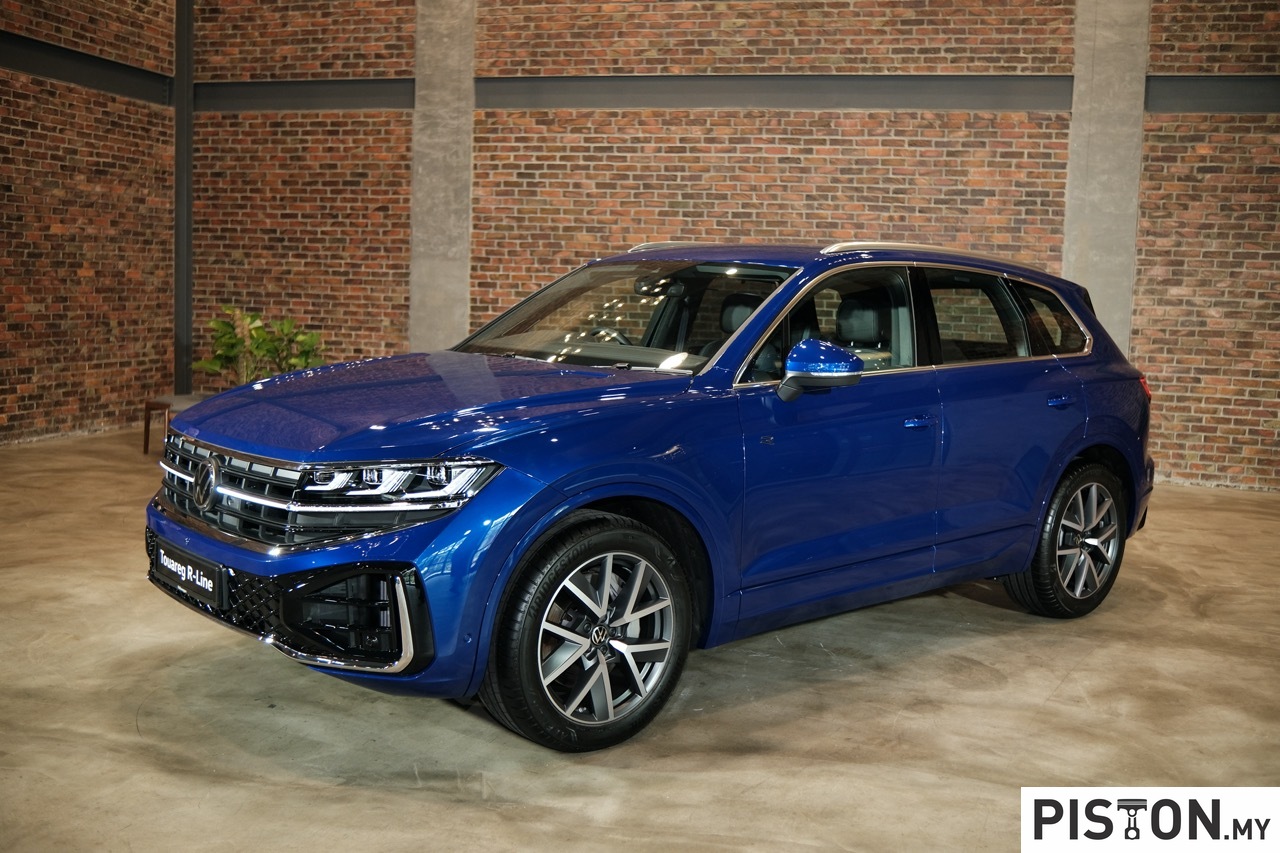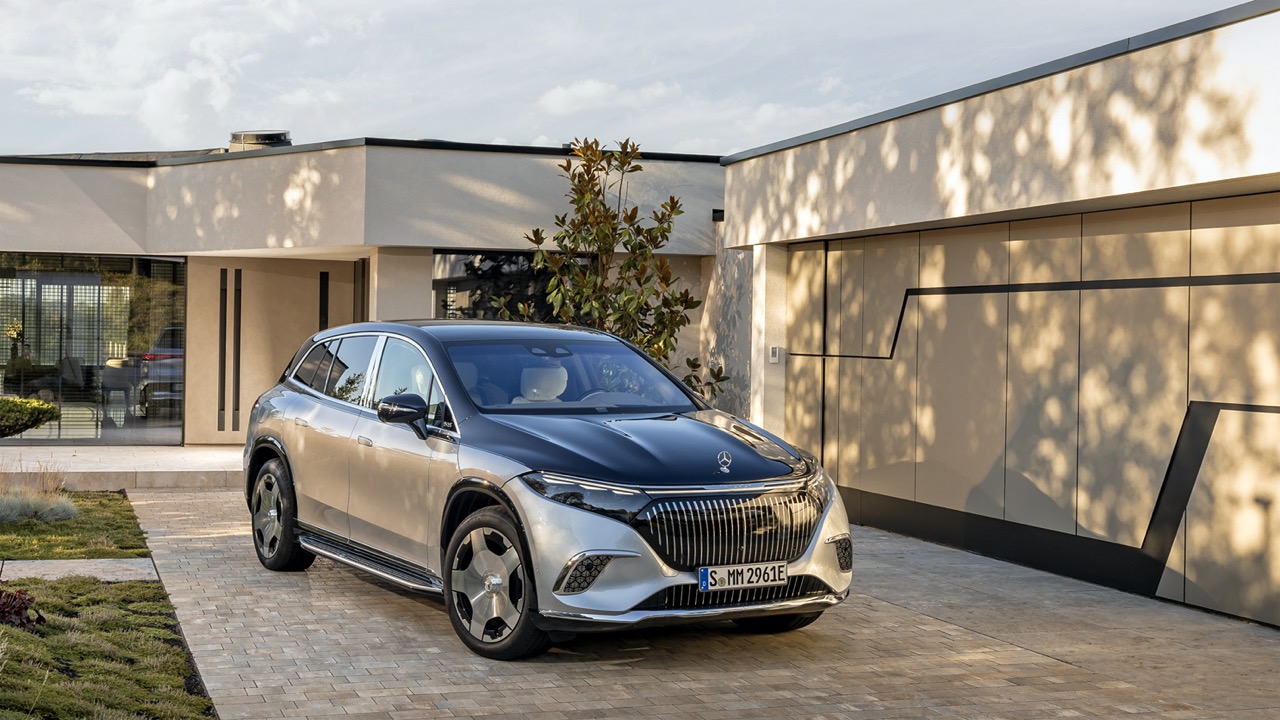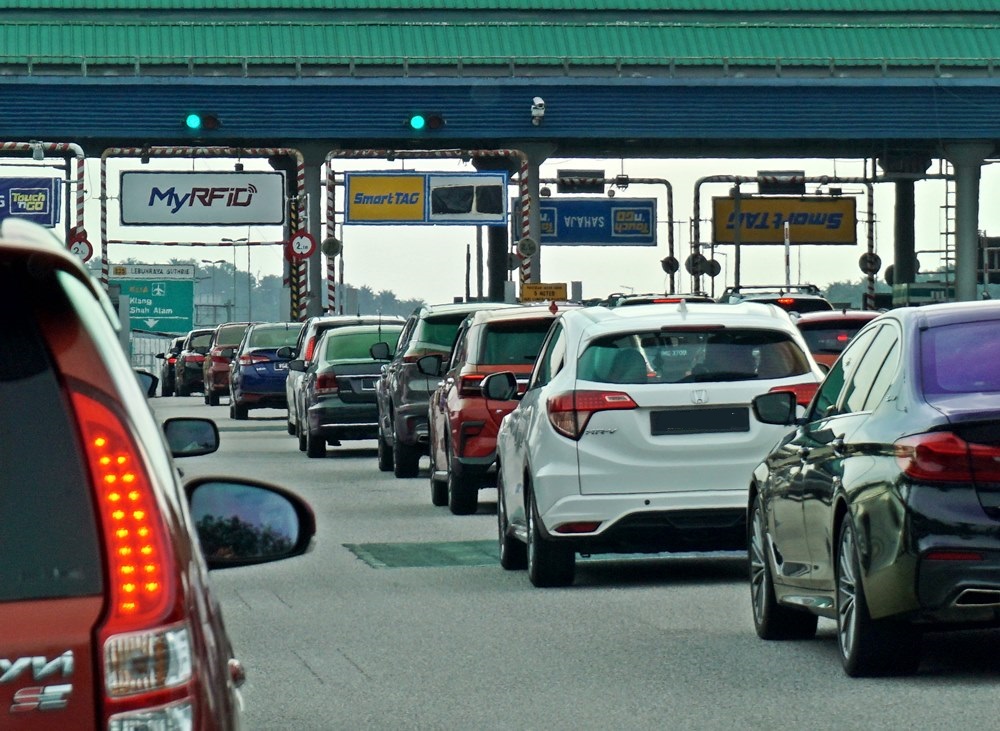Many of the next generation of motorists will almost certainly be using electrifed vehicles, either with hybrid powertrains or full electric powertrains. Familiarizing them and making them regard electric vehicles as commonplace when they are young may be a good idea, and Honda has a project in America which can do that.
Working with CHOC hospital in California, Honda has provided ‘Shogo’, an electric ride-on vehicle specifically designed to travel along hospital hallways to transport children. Developed in-house by Honda engineers, Shogo is equipped with features and elements to help bring joy to young patients as they continue on their road to recovery.
Randall Smock, a senior exterior designer of vehicles at American Honda Motor Company, played a significant role in the design of Shogo, as well as the testing of the vehicle. “As someone who spent time in the hospital as a young child, I really wanted the No. 1 objective of our Honda team in developing Shogo to ease the hardship of a hospital stay by providing kids a lasting positive memory about that experience,” he said.
“Every element of Shogo was designed to accommodate different needs of young children, making it as easy as possible to get in and out, simple to drive, and for the entire experience to leave them a bit happier,” he explained.
As the first hospital to utilize Shogo in caring for young patients facing hospitalization, CHOC played a key role in verifying its feasibility and safety. “Our team greatly appreciates Honda bringing innovative solutions that support our ongoing commitment to providing an exceptional patient experience and infusing joy into a patient’s stay,” said Brianne Ortiz, Manager of the Cherese Mari Laulhere Child Life Department at CHOC. “We were impressed from the beginning when we first saw Shogo, and by the Honda team’s dedication in collaborating with our staff to ensure a vehicle that is perfect – and safe – for our young patients.”
Shogo, based on a Japanese word and intended to mean ‘soaring into the future’, was built to focus on young patients, aged 4 through 9, who can easily drive with power controls, manage the go/stop mechanism on the steering wheel, and an adjustable speed of 1-5 miles per hour (1.5 km/h to 8 km/h), which is controlled by a handler such as a nurse or caregiver.
Developed with patient safety in mind, Shogo was built without doors to be safely and easily accessible for youth. Other features include central seating with steering controls suitable and accessible for a child, and smooth and soft-to-the-touch surfacing that is easy to keep clean in a hospital setting.
Shogo also includes an IV pole holder and a pushbar that offers caregivers the option to manually push the vehicle when needed. Features to make the child’s experience more comfortable include a toy bucket in the front of the vehicle for items the child would like to bring along with them, cupholders, a centre horn with different sound options, and a customizable license plate slot to display the name of each rider.
Honda engineers worked hand-in-hand with the staff at CHOC to verify the feasibility of the concept. This included testing Shogo through a dedicated course inside the company’s R&D facility designed to replicate a hospital hallway route with actual children and parents, to ensure the electric ride-on vehicle was safe to operate when delivered to the hospital. The collaboration with CHOC was critical in understanding how Shogo was being used in the actual hospital environment, so the team could continue to make further adjustments.
Developing Shogo as an electric vehicle was an obvious requirement for Honda engineers to ensure it could be accommodated in a hospital environment. But the electrified Shogo also aligns to the company’s recently-announced vision to make electrified vehicles represent 40% of sales in 2030, on the way to 100% EVs by 2040.
Honda will stop selling models with combustion engines from 2040, range to be fully electric


